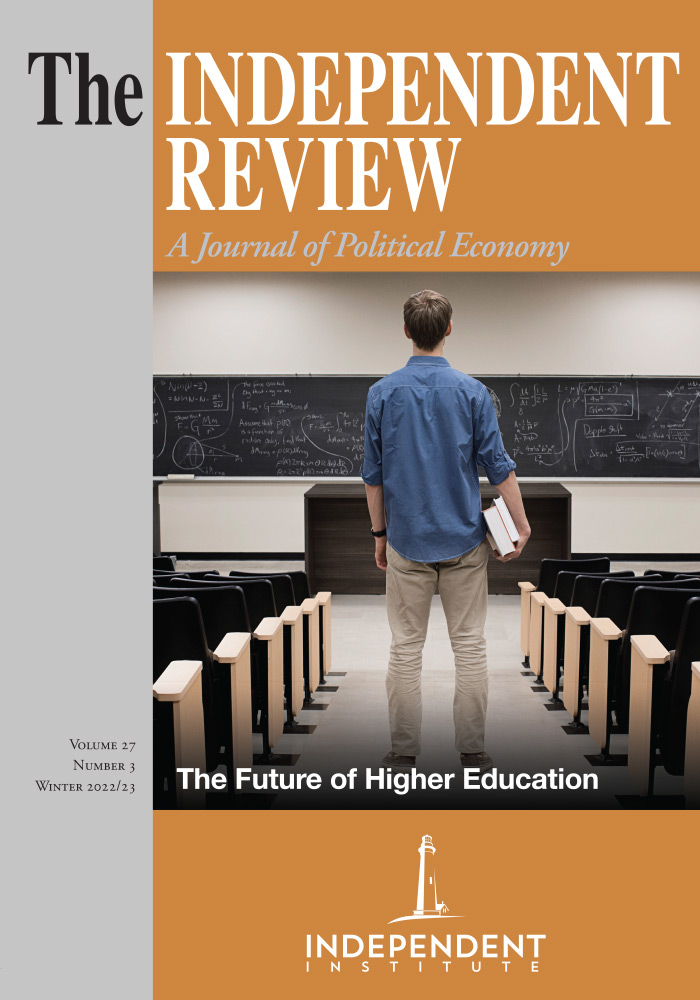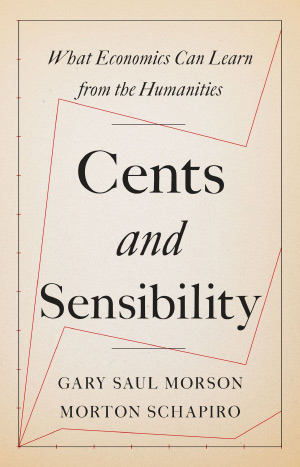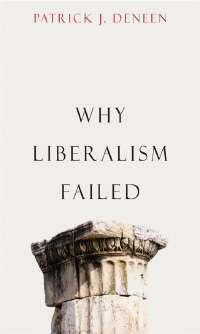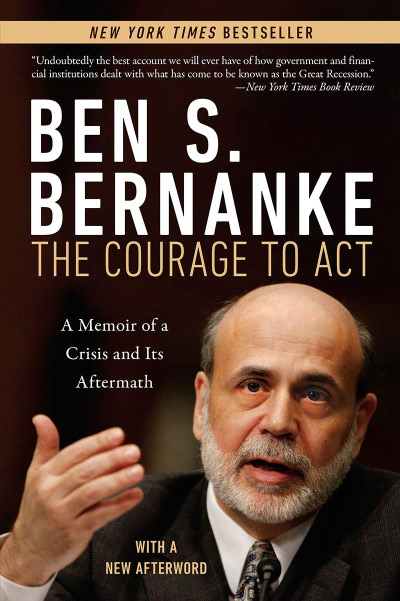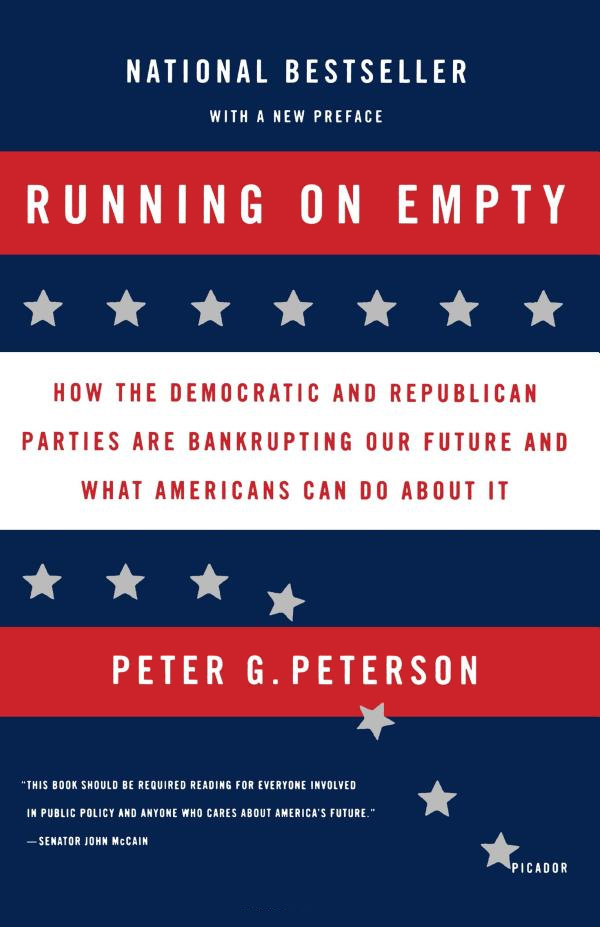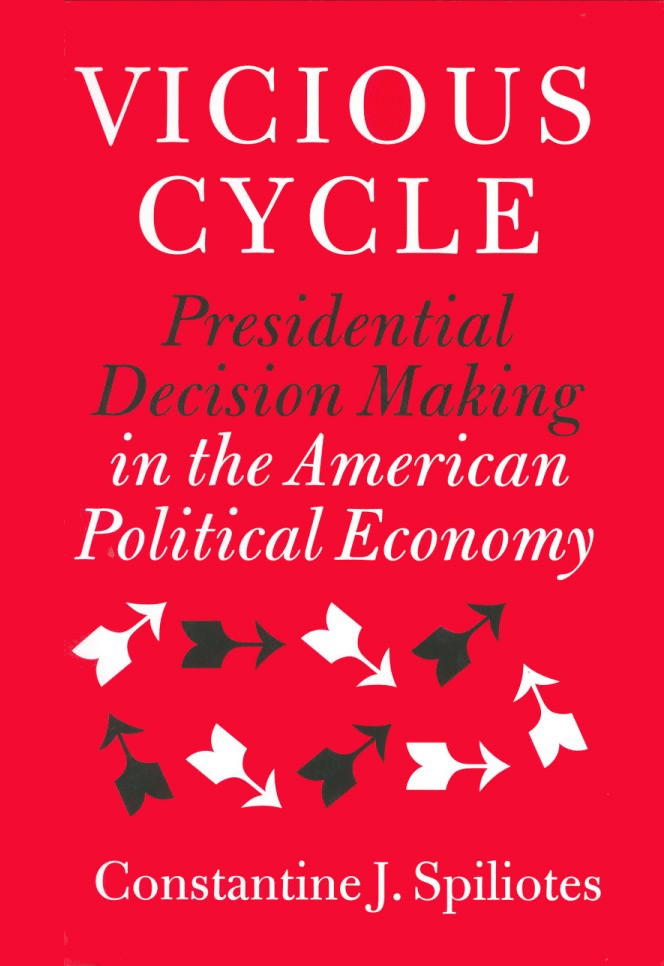Social Security will soon be insolvent, and over the last three decades Congress has done nothing to fix the problem. Douglas Arnold attributes this failure to the politics of reform in a polarized age. He argues that from the outset Social Security has been challenged by the “fiscal commitment problem,” solvency is a long-term problem without short-term consequences.
In the 1980s and 1990s Congress overcame the “fiscal commitment problem” in an era when political parties were less polarized. In 1977 and 1983 bipartisan agreement was reached in Congress on reforms to restore solvency in the Social Security System. Arnold does not attribute that success to the leadership of President Ronald Reagan. Indeed, he argues that Republican presidents have consistently been roadblocks to reform because their proposals polarized the legislature into inaction. On the other hand, he maintains that proposals on Social Security by presidents Franklin D. Roosevelt during the New Deal, and Lyndon Johnson in the Great Society programs were a “great way to galvanize legislators into action” (p 249). Arnold fails to note that the successful reform of Social Security was in the context of the “Great Moderation” in macroeconomic policy in these years. Reforms in Social Security were necessary not only to restore solvency, but also to balance the budget and reduce debt to sustainable levels—i.e., to solve the “fiscal commitment problem” as discussed by Barry W. Poulson and John Merrifield (2022, Restoring Sustainable Macroeconomic Policies in the United States, Lexington Books, 35 – 55).
Arnold maintains that Congress has failed to reach bipartisan agreement on Social Security reform over the past two decades because of polarized political parties. After the failure of reforms proposed by President George W. Bush, he argues that Republicans have been in disarray on Social Security reform. In his view the last serious proposal was by Representative Paul Ryan (R-WI) in 2010. That proposal was dead on arrival in Congress because it included privatization, a term that the author views as toxic to any bipartisan agreement. Democrats, on the other hand have endorsed proposals from the left wing of the party, including Senator Bernie Sanders (I-VT) and Representative Peter De Fazio (D-OR). However, Arnold maintains that Democrats are “more likely to bite the bullet and specify how they would allocate the cost of fixing Social Security” (p .141). He suggests that bipartisan agreement could be reached around the proposal by Representative John Larson (D-CT) (p. 246). That proposal calls for gradually raising the tax rate and eliminating the maximum taxable wage base. Rather than reducing benefits the proposal would increase benefits for low wage workers and introduce a more generous cost of living adjustment for all beneficiaries. The retirement age would remain unchanged. This endorsement is surprising because it is not clear how Larson’s proposal would restore solvency in the system. This is old wine in new bottles and fails to address the “fiscal commitment problem” in the long term.
What is more surprising is Arnold’s sanguine assessment regarding the long-term prospects for Social Security. He concludes that the stalemate in efforts to reform Social Security is likely to continue until the Trust Fund is exhausted in 2034. Under current law Social Security benefits would have to be cut 21% at that point. However, Arnold maintains that Congress will come to the rescue and prevent this from happening. General funds (debt) would then be used to avoid a crisis and ease the transition to a pay as you go system. At that point, Arnold thinks that citizens will accept the fact that they “are not saving for their own retirement. They are participating in a vast intergenerational transfer scheme” (p. 237).
This sanguine Progressive view that we can continue to bailout Social Security and other federal programs ignores the limits to debt financing. For decades the federal government has been incurring deficits and accumulating debt at an unsustainable rate. We have now entered a new era of stagflation with rising prices and interest rates. The cost of issuing more debt has increased sharply and Asian and other nations that have been major purchasers of U.S. debt in the past have curbed their appetite. Congress has abandoned fiscal responsibility and we can no longer rely on elected officials to restore fiscal sanity and sustainability. The budget process is broken as Congress relies on continuing resolutions to fund all programs including Social Security. The fiscal rules that constrained spending and debt during the Great Moderation of the 1980s and 1990s have been abandoned. The Congressional Budget Office (The Long-Term Budget Outlook, July 27, 2022) projects that the growing debt burden, which is attributable primarily to entitlement programs, will not be sustainable in coming decades. In short, legislators may not have the luxury of twiddling their thumbs while the Social Security system sinks into insolvency, waiting for a bailout when the Trust Fund is exhausted in 2034, as discussed by Barry W. Poulson and John Merrifield (2022, Restoring Sustainable Macroeconomic Policies in the United States, Lexington Books, 5 – 19).
My major criticism of Arnold’s book is its American-centered approach. He ignores the vast literature on successful reforms of social security programs in other countries, as explored, for example, in Barry W. Poulson, John Merrifield, and Steve H. Hanke (2022, Public Debt Sustainability: International Perspectives, Lexington Books). For example, the Swiss have restored solvency in their social security program by incorporating a “debt brake” in their constitution. Those fiscal rules mandate automatic adjustments in social security benefits, triggered by increases in unfunded liabilities. Achieving solvency in their social security system was linked to fiscal rules designed to constrain the growth in total debt. The Swiss have over the past two decades significantly reduced their total debt burden while achieving solvency in social security. Similar rules have been proposed for reforming the U.S. Social Security system with mechanisms for automatically adjusting benefits triggered by unfunded liabilities (see, for example, Charles Blahous, The Failure to Establish Effective Rules for Financing U.S. Federal Entitlement Programs, in Barry W. Poulson, John Merrifield, and Steve H. Hanke, editors, 2022, Public Debt Sustainability: International Perspectives, Lexington Books, 287 – 337). These new rules could solve our “fiscal commitment problem.”
Arnold is correct in identifying the “fiscal commitment problem” as the major barrier to Social Security reform. The polarized political system in the U.S. prevents legislators from reaching bipartisan agreement on reform within a broken budget process. But if citizens cannot rely on Congress to enact reforms, we should not wait for a crisis of solvency and hope for a federal bailout in 2034. U.S. citizens do not have the power to propose amendments to the Constitution through citizen initiative, as in Switzerland, but we do have the power to propose amendments through our state legislatures under Article V of the Constitution (see Barry W. Poulson and John Merrifield, 2022, Restoring Sustainable Macroeconomic Policies in the United States, Lexington Books, 139 – 165).
The U.S. now has an opportunity to enact effective fiscal rules in our Constitution (see Bill Owens, David H. Walker, and Barry W. Poulson, “The Greatest National Security Threat No One is Talking About,” Newsweek, 9/1/22). Congressman Jodey Arrington (R-TX) and other co-sponsors have introduced HCR 101 calling for an Article V Convention of States to propose amendments. That legislation mandates that the nation’s Archivist store and count the many “Fiscal Responsibility Amendments” that have been submitted over the years, and once the requisite number of applications has been received, to notify the Congress that it must call the convention. Recent research of the Congressional Record has discovered that the requisite number of state applications was achieved in 1979 and yet Congress failed to act. Companion Senate legislation will soon be introduced.
Critics argue that a Convention of States to propose Amendments would “run away” (see David A. Super, “The Stealth Threat of a New Constitutional Convention”, Inside Sources, August 15, 2022). This is false and just serves to sanction the unsustainable status quo. Our nation’s founders knew that they didn’t get everything right either for their generation or for future ones. They anticipated that Congress could fail to act in connection with critical national issues and incorporated in Article V the right of the states to also propose amendments to help make our country a more perfect union. We can no longer count on Congress to put our nation’s finances in order. An Article V Convention of States to propose a “Fiscal Responsibility Amendment” to the Constitution is needed to provide the necessary correction. Failure to restore fiscal sustainability will have serious adverse economic, national security, and domestic tranquility consequences over time.
| Other Independent Review articles by Barry W. Poulson | |
| Summer 2024 | Restoring Free Trade and Investment in a Global Trading System |
| Fall 2016 | Swedish and Swiss Fiscal-Rule Outcomes Contain Key Lessons for the United States |

